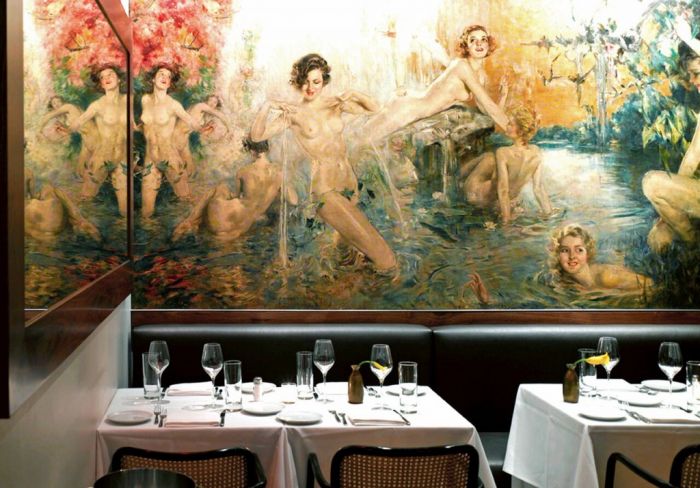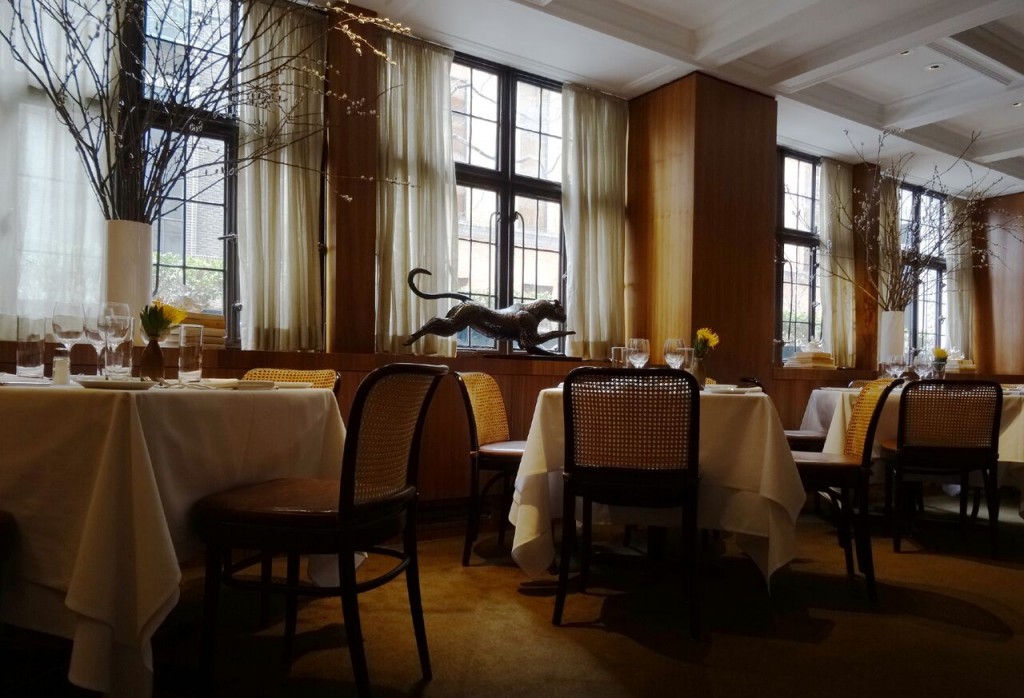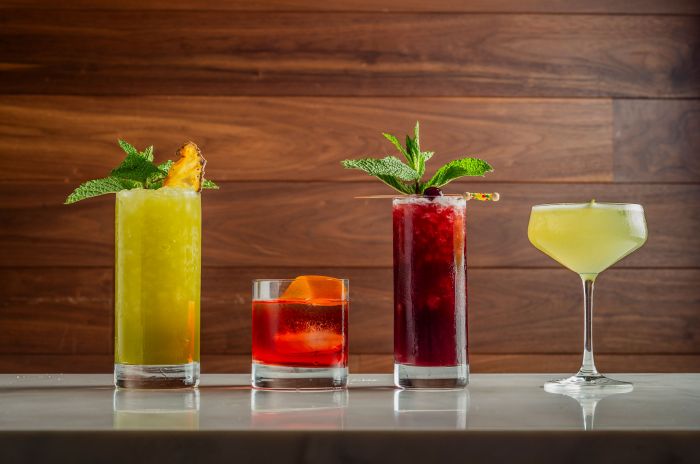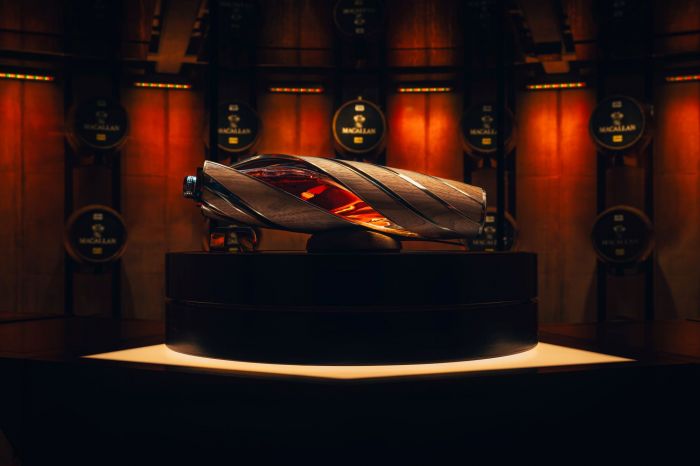Part of the landmark Hotel des Artistes on the Upper West Side, The Leopard at des Artistes features museum-quality Howard Chandler Christy wall murals from the early 1930s, showcasing various nymphs depicted in scenes modeled after Elise Ford.

Owned and operated by husband-and-wife-team Gianfranco Sorrentino and Paula Bolla-Sorrentino, along with Executive Chef Vito Gnazzo, The Leopard at des Artistes curates a menu inspired by mid-1800s Kingdom of Two Sicilies as well as the culinary traditions of Campania, Basilicata, Calabria, Apulia, and Sardinia. All dishes have a baseline of fresh ingredients built with deft preparation steeped in near instinctual kitchen prowess.

Born and raised on the Amalfi Coast in Salerno, Chef Vito Gnazzo launched his culinary career in Milan at 3-star Michelin Antica Osteria del Ponte. After immigrating to the United States in 1981, Gnazzo worked as head chef at Il Rex in California before moving to New York in 1993 joining restaurant trio Il Gattopardo, Mozzarella & Vino, and The Leopard at des Artistes as culinary artist in-residence where he's been ever since.
Chef Gnazzo strikes a balance between his longstanding culinary expertise and letting dishes speak for themselves with simple ingredients like homemade pasta, seasonal vegetables, farmhouse cheeses, and fresh caught seafood.

Signature plates include Pan-Seared Duck Breast Porchettawith fennel pollen, cipollini with aged balsamic vinegar, pickled raisins and vegetable caponata; Halibut In Brodettowith baby artichoke and fingerling potatoes; andMaltagliatiwith wild game and porcini mushroom ragú. The dessert menu boasts specials likeTraditional Zabaionewith fresh mixed berries andNutella Chocolate Mousseserved on hazelnut crunch and banana gelato.
At first glance, The Leopard at des Artistes menu may appear fragmented between regions but a closer examination of Italy's culinary history reveals a series of interdependent local cuisines rather than what are often considered authentic regional dishes. This happened because most Italians before WWI rarely left their villages with the exception of nobility and clergy resulting in town-by-town variations in preparation and recipes.

Italy's geographic location in the middle of the Mediterranean also infused dishes with a mélange of foreign influences like French cookery in Liguria, Piemonte, and the Valle D’Aosta while Austro-Hungarians settled in the Veneto, Trentino Alto Adige, and Friuli Venezia Giulia. Milanese risottos and arrosto cuts of meat notably reflect Spain's occupation of the city for 150 years up until the War of the Spanish Succession. The British introduced Classic bistecca alla Fiorentina and zuppa Inglese, English steak, and English trifle to Tuscany while Jews fleeing the Inquisition used what they could to create dishes like caponata and fennel gratin that are still popular to this day.















